Land Conservation Initiative

Vision
Protecting the remaining high conservation value lands and securing our regional trail network within 30 years.
Bold vision demands a bold, pragmatic plan

A regional collaboration between King County, cities, business people, farmers, environmental partners and others has created a strategy to preserve our last, most important natural lands and urban green spaces in 30 years.
It calls for a series of accelerated actions to address rapidly-shrinking open spaces and climbing land prices. By finishing the job in a single generation, we can save $15 billion over what it would take under our current land preservation trajectory and protect many of these lands before they are lost.
65,000 acres have been mapped and prioritized within six land categories:
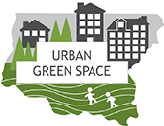
Neighborhood green and open space to create more livable neighborhoods
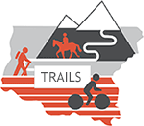
Land to connect trails and communities to increase livability and inspire healthy living
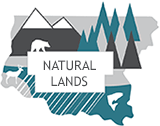
Natural lands for wildlife, recreation, and resilience in an uncertain future
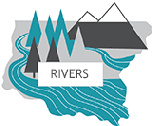
River corridors to sustain salmon and reduce flooding
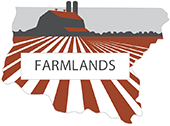
Farmlands and community gardens for healthy local food

Forestlands to support clean air, clean water, cooler summers, and recreation.
With more people comes the need for more green space

Our region is growing fast and we do not expect that to change.
King County has grown by about 100 people a day for the past two years. Over the next 10 years another 180,000 people are expected; that’s 50 new residents every day
As one of the fastest growing regions in the country, we risk losing to development the natural lands and green spaces that contribute to our high quality of life.
What’s at stake?
- With less green space, the livability of densely populated cities is reduced.
- Development threatens working forests and farms that provide food, jobs, and a rural way of life.
- Pollution from run-off puts our rivers and our salmon habitat at risk.
- Popular trails can be lost forever if one privately owned segment is developed.
- Lower income neighborhoods need more and better access to natural lands and parks.
Open space is infrastructure

Our plan addresses housing, costs, and equity:
- The plan pursues a new financial strategy that would help us to save more open space quickly by increasing bond financing from the current Conservations Futures Tax, thereby pulling forward funding that could be used right away to preserve at-risk lands.
- It would leverage existing sources of revenue alongside new and innovative ideas that we can grow upon, including:
- redoubling efforts on existing market-based conservation programs such as the transfer of development rights program, which redirects development away from forests and farms and into urban centers, and a mitigation credit program that gives developers an option of paying toward habitat restoration projects to offset impacts to wetlands and streams.
- developing a carbon credit program, and exploring timber bonds to finance working forests.
- It seeks both nonprofit and private sector partner investment.
- It limits the reduction of available buildable lands to less than 3 percent.
- It dedicates $160 million over 30 years to eliminate disparities in access to parks and open space for communities with the greatest and most acute needs, and we will form an open space equity cabinet representing people who live in areas without green space to design the decision process and monitor progress.
Investing in our natural infrastructure will yield dividends well beyond its up-front cost, just as investments in utilities, affordable housing, and transit.
Learn more about the Land Conservation Initiative Equity Framework
We still live in a place of spectacular natural beauty

Access to nature and open space is the foundation to our collective quality of life, yet our region is changing quickly.
Being outdoors is a way of life for us all; it helps us to de-stress, it brings us peace of mind, and makes us healthier and our neighborhoods more livable – and these benefits are ever more important as our cities grow and densify.
If we act now, and accelerate our investments in green spaces, we can protect the livability, health and ecological integrity of our region – for everyone.
The time to act is when the opportunity is here

Our generation has more to do to protect the rivers, streams, and natural areas that connect our communities and provide recreation, respite, and habitat for wildlife. We have more to do to ensure farms and working forests continue to provide local food, wood, and jobs. And we have more to do to ensure everyone can access green spaces - particularly those most impacted by unequal investment in this important piece of neighborhood infrastructure.
Whether we live in cities, or rural areas, we all directly benefit from clean air, clean water or resiliency to a changing climate. These are essential ecological services which we as a region must steward.
By accelerating open space investments, we can protect the livability, health, and ecological integrity of our region—for everyone.
Funding
- Let’s talk about funding for your community’s ideas for parks and open spaces!
- ለፓርኮችና ክፍት ቦታዎች የማህበረሰቡን ሐሳብ በገንዘብ ስለመደገፍ እንነጋገር!
- តោះពិភាក្សាអំពីការផ្ដល់មូលនិធិសម្រាប់គំនិតនានាក្នុងសហគមន៍របស់អ្នកសម្រាប់ឧទ្យាន និងទីធ្លាបើកទូលាយ!
- Aan ka hadalno maalgelinta loogu talagalay fikradaha bulshadaada ee loogu talagalay beeraha nasashada iyo meelaha bannaan!
- ¡Hablemos sobre cómo financiar las ideas de su comunidad para sus parques y espacios abiertos!
- Hãy nói về việc tài trợ các ý tưởng của cộng đồng quý vị về công viên và không gian mở!

 Translate
Translate